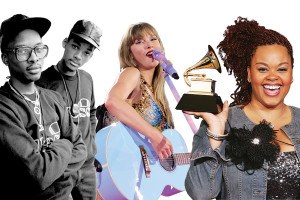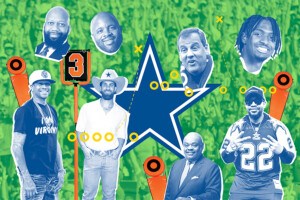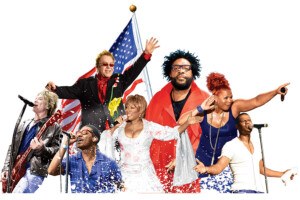Jailhouse Islam – The Radicals Among Us
Depending on the color of your skin, your choices are to join Neo-Nazi skinheads, the Latin gang, or — most prevalent, in Philadelphia — Islam, in one of several variations.
The question arises, then: What happens to prisoners who have none of those particular inclinations? Inspector Joseph O’Connor, commander of the police department’s Counter-Terrorism Bureau, laughs quietly at the idea. “They’d get inclined,” he says. “It’s about survival, at first. And then indoctrination.”
A few factors complicate the situation O’Connor describes. The first is race: Philadelphia’s overpacked prisons hold more than 9,000 inmates, of whom a whopping three-quarters are black.
The second is religion: Unlike secular prison gangs, radical Islamists enjoy the Constitutional rights that come along with legitimate prison ministries run by mainstream imams, pastors, rabbis and so forth. It’s important to note, here, that those moderate Muslims may play a saving role for the city, and also to address a surprisingly difficult question: What exactly is Islam, in Philadelphia?
It’s difficult to get a sense of just how big Philadelphia’s Muslim population is. Estimates range from less than 100,000 to twice that many. Its importance is clear, though; Sylvester Johnson, for instance, served as America’s first Muslim metropolitan police chief. Along with many other adherents in Philadelphia, he found Islam — or some form of it, at least — decades ago, when the Nation of Islam came to town.
The group had little to do with true Islam — the Nation has said that its founder, W. D. Fard, appeared as God’s reincarnation — but by the 1970s, its strident message of black supremacy seemed tailor-fit to Philadelphia. Malcolm X himself oversaw North Philadelphia’s Mosque No. 12. Frank Rizzo, widely seen as a racist boss, rose to become police commissioner, then mayor. Industry in the city collapsed, and many white residents fled for the suburbs. The remaining population was angry, underemployed, and about one-third black. Converts flocked to the Nation of Islam: By the 1970s, Mosque No. 12 claimed membership of 10,000.
In a city electrified with potential for violence, Mosque No. 12 provided a particularly good conduit. From their base in North Philly, some of the mosque’s leaders — called the Black Mafia or Muslim Mob, at the time — perpetrated some of the worst crimes in the city’s history.
The Muslim Mob deployed an army of clean-cut, well-dressed men under the guise of bringing discipline to city streets. Paul Dandridge, then a city judge, picked one of those young men — “Captain” Clarence Fowler — to head a government-funded program called Safe Streets. Fowler ran a paramilitary unit at Mosque No. 12 with the unlikely name “Fruit of Islam,” an outfit that provided security for the mosque and its leaders. Unwitting politicians such as Arlen Specter, then district attorney, helped funnel money to Fowler’s Safe Streets program. Fowler promptly cut a check for $100,000 in Safe Streets money to his superiors at Mosque No. 12. A year later, in 1970, police arrested Fowler for murdering a Baptist minister.


